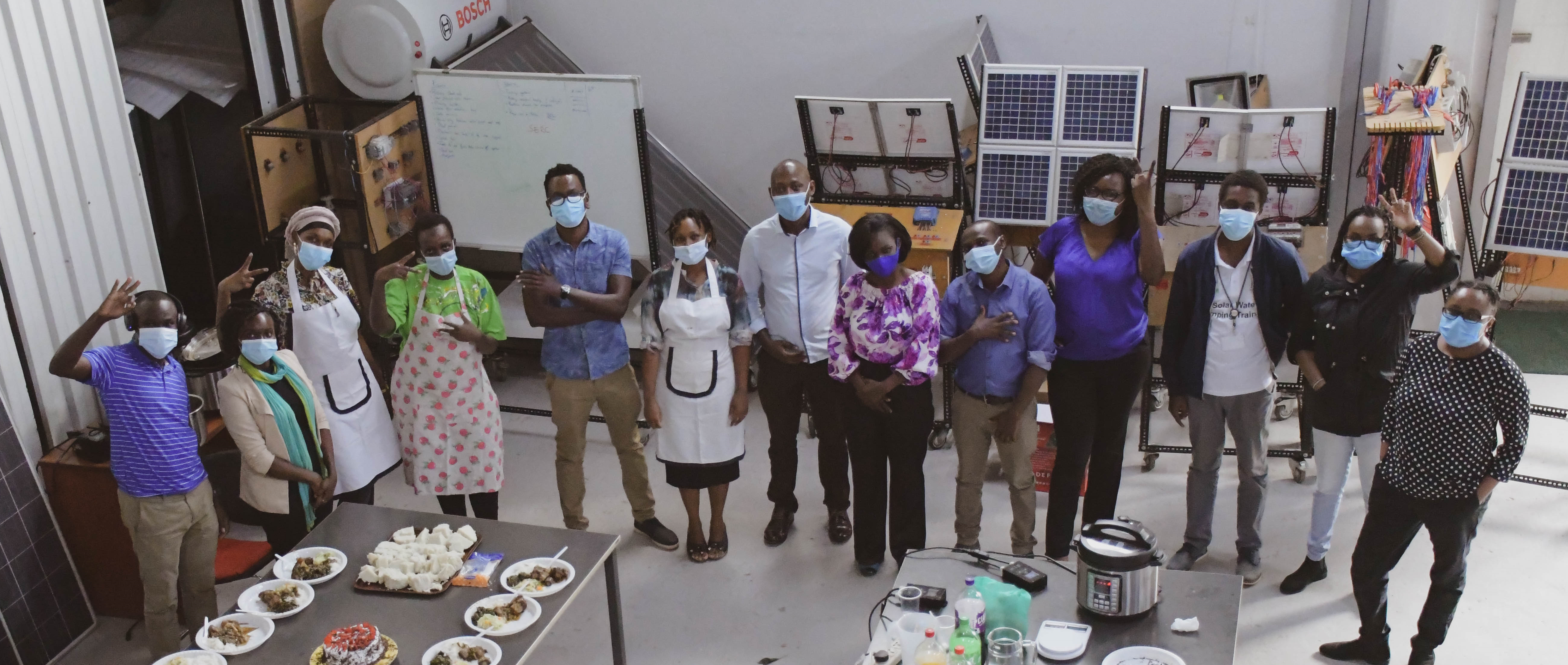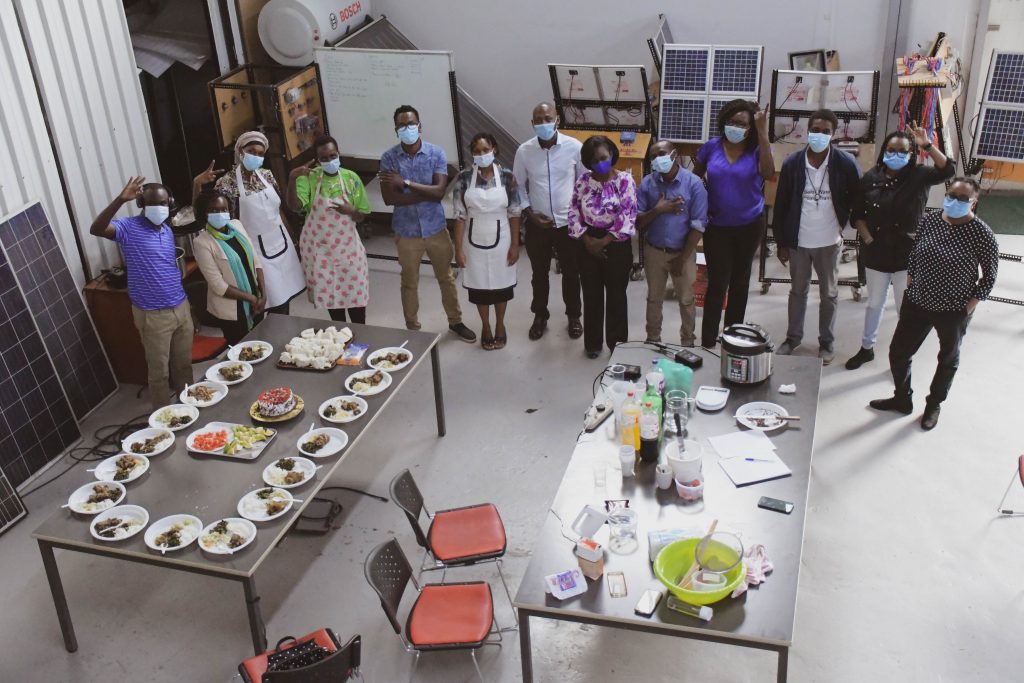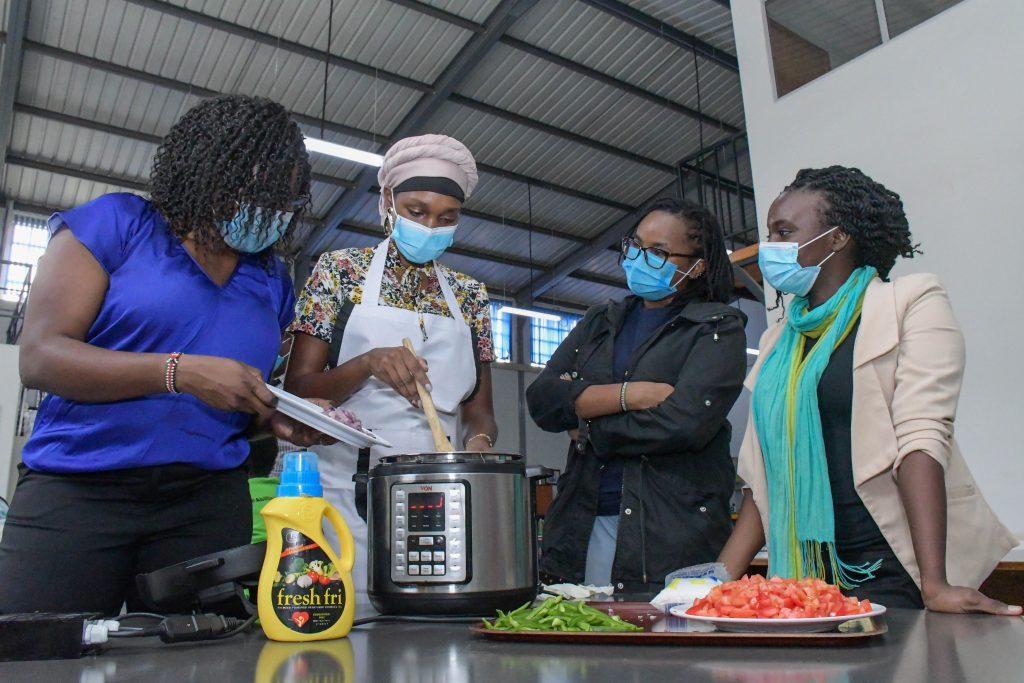
- Date
- 23rd March 2021
- Categories
By Anne Wacera Wambugu (Strathmore Energy Research Centre (SERC), Kenya).
When buying products online, most of us depend on our own knowledge of the product and related specifications, and product reviews in a site’s comment section or on review sites. In the event of false advertising, we rely on there being a return policies. For most of the time, electrical appliances perform as expected. This is particularly true for branded products sold through reputable merchants. However, there is a global industry of poor quality and counterfeit products that do not perform as expected and this can be a problem in the less regulated markets. So what might a Kenyan consumer find in the market and how can the MECS programme anticipate and enable a quality ecosystem?
For instance, if a product is purchased using drop shipping merchants, returning it might not be an available alternative meaning that a consumer might need to “count their losses”. Consumers of electrical appliances in Kenya frequently find themselves in this situation even when the store they purchased the appliance from is accessible and known to them. A general lack of accountability by the traders, due to limited enforcement capacity by regulators, leaves consumers counting losses. Given the limited purchasing power of many consumers in Kenya, what is a small inconvenience to someone who has lucked out of a good drop shipping purchase, might be a huge financial loss and a missed opportunity to own a much-needed appliance.
Data and information on the electric appliance quality situation in Kenya are limited and have rarely been investigated beyond counterfeiting, an aspect of quality which fails to encompass the entire issue. To mitigate against and prevent unwanted eventualities where possible, MECS is collaborating with Strathmore University to develop an outlook of the electric cooking quality ecosystem. The program is looking to increase the adoption of electric cooking appliances in Kenya and other Sub-Saharan African countries and quality control is a crucial element of appliance uptake. My team and I are therefore mapping the electric appliance quality ecosystem and identifying issues that impact the sector, including parallels in other countries which can help contextualize the Kenyan situation.

The transition to modern energy cooking services is expected to result in substantive adoption of electric cooking appliances in Sub-Saharan African countries such as Kenya. This anticipated adoption in Kenya follows the Last Mile Connectivity Project (LMCP) which increased electricity connectivity in rural areas, where biomass is still used as a cooking fuel. This increase in electrification rate, coupled with MECS activities, is expected to result in the increased adoption of electric cooking appliances, especially electric pressure cookers, in the country. As adoption increases, it is important to ensure and assure the safety of users to mitigate against injuries or financial losses that might result from poor quality purchases. To keep adoption momentum and protect consumers, manufacturers also need to be aware of quality as it relates to consumers, a similar but distinct theme from quality as it relates to laboratory testing and quality standards compliance.
Electric cooking appliances such as electric pressure cookers are relatively new to the Kenyan market, and hence have less developed supply chains with respect to reach into rural communities. Therefore, the team is investigating supply chains of electric appliances (referred to as “appliances” from here onward), as a means to study the probable outlook of the electric cooking quality ecosystem. During the literature review stage, the team classified the appliance supply chain into two categories. There are appliances supplied through Luthuli, Nyamakima and River Road (supply chain A) and those supplied by authorized distributors of “known brand names” (supply chain B). Supply chain A sells unbranded appliances, self-branded appliances and appliances found in supply chain B. On the other hand, supply chain B sells appliances from “known brand name” manufacturers with authorized distributors who are sometimes allowed to repair on behalf of the manufacturer.

In urban areas, only electric shops in locations such as Luthuli, Nyamakima and River Road sell supply chain A (SCA) appliances while the same shops, supermarkets and authorized distributors sell supply chain B (SCB) appliances. In rural areas, SCB appliances are prevalent, and are sold through rural electric shops while SCA appliances are mostly found in supermarkets. This distinction of “who sells what” is important because while quality issues might arise from both SCA and SCB, these issues are more likely to be addressed when appliances are purchased through SCB. This is because SCB sellers tend to have a warranty process in place and service centres where an individual can secure appliance repair services after the warranty period has expired. We remain unsure whether appliances sold through SCA attract similar warranty protections or can be taken to the service centre after the warranty period has expired.
A major challenge with SCB appliances is the lack of consumer awareness regarding warranty since some consumers might not be accustomed to the concept of warranty thus might not seek it. Other consumers might not be aware of warranty terms and might throw away receipts upon unboxing, voiding their warranty claim. The second challenge is the lack of availability of service centres, especially for rural consumers who sometimes have to travel to the nearest town to repair their appliance. Even in cases where repair centres are available, some manufacturers set the repair price high to increase the likelihood of the consumer purchasing a new appliance, instead of opting for repair.
The third and most relevant challenge for electric cooking, especially pressure cookers is the lack of replacement parts for easily removable parts at the point of sale. For example, the float valve and its silicone cap for electric pressure cookers are removable and very small. The float valve degrades over time thus it is understandable that the manufacturer opted to make it easily removable. However, the only manufacturer’s instructions for consumers who have purchased the appliance worth £140 is to “put the silicone cap and the float valve in a safe place to avoid losing them”. There is no information on what to do in case you lose the silicone cap and/or the float valve, nor on what to do when the sealing ring ages. Such an appliance is considered expensive in Kenya and parts should be made available for replacement in the box at the point of sale.
As for SCA, the major challenge is that some shops sell counterfeits of SCB appliances and poor quality (non-counterfeit) appliances sourced from factories selling unbranded products. These factories selling unbranded products are similar to the ones used in the dropshipping trend where appliances can be branded on request by the seller or bought without a label. Similar to SCB appliances, counterfeit and poor quality SCA appliances have to produce a certificate of conformance at the port of entry thus there is a need to find out where lapses occur, enabling the entry into the country. Of note is that our project focuses on quality rather than counterfeiting since there are some non-counterfeits products of poor quality, an issue that is of great concern for electric cooking appliances. The link between counterfeits and quality has also been explored extensively by manufacturers in Kenya.
Parallels to both systems can be found in ecommerce where assuring the quality and safety of appliances has become challenging for regulators given the scale of imports. For most of the sites, consumers source of information through recommendations by other users (social reviews) and by reading reviews on the ecommerce sites and/or consumer review sites. Most Kenyan consumers only depend on social reviews and there is a lack of reliable review sites that are accessible to majority of Kenyans, though it is important to note that site reviews can be corrupted. Therefore, there are still more questions to be answered with respect to the operations of SCA and SCB, including how consumers get information on appliances to purchase. The next phase of the project will seek to explore consumer dynamics and other issues such as importation gaps that enable the entry of poor-quality goods.